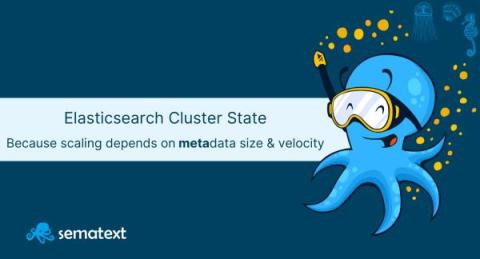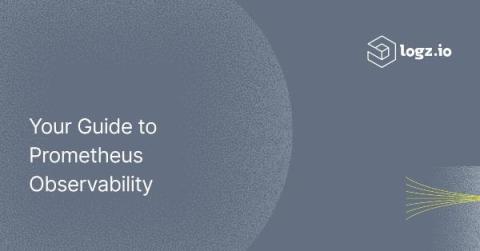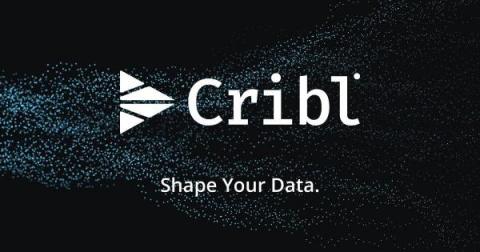Operations | Monitoring | ITSM | DevOps | Cloud
Latest News
Connect and Federate Searches Across Your Cloud Data Lakes with Cribl Search
The way we handle massive volumes of data from multiple sources is about to change fundamentally. The traditional data processing systems don’t always fit into our budget (unless you have some pretty deep pockets). Our wallets constantly need to expand to keep up with the changing data veracity and volume, which isn’t always feasible. Yet we keep doing it because data is a commodity.
OpenTelemetry Logs - A Complete Introduction & Implementation
Scaling Elasticsearch by Cleaning the Cluster State
We often get questions like: And while the 14-year-old in me is proud to say that we’ve done 24/7 support for clusters of 1000+ nodes holding many PB of data, I am quick to add that.
Cribl Edge and Windows: A Perfect Pair for Observability!
Navigating the realm of Windows observability often referred to as O11y (short for observability), can be a complicated journey. Windows environments are known for their complexity, with various services, applications, and workloads running on each host.
Your Guide to Prometheus Observability
Imagine you’re piloting a spaceship through the cosmos, embarking on a thrilling journey to explore the far reaches of the universe. As the captain of this ship, you need a dashboard that displays critical information about your vessel, such as fuel levels, navigation data, and life support systems. This dashboard is your lifeline, providing you with real-time insights about the health and performance of various systems within your ship, so you can quickly make critical decisions.
Breaking Through the Observability Wall: Scaling Your Telemetry Architecture
Kubernetes Telemetry Data Optimization in Five Steps with Mezmo
Kubernetes (K8s) is at the forefront of modern infrastructure, but with its capabilities comes a deluge of telemetry data. Efficiently managing and optimizing this data is crucial to harnessing the full potential of your Kubernetes deployments.
Unpacking the Hype: Navigating the Complexities of Advanced Data Analytics in Cybersecurity
The cybersecurity industry is experiencing an explosion of innovative tools designed to tackle complex security challenges. However, the hype surrounding these tools has outpaced their actual capabilities, leading many teams to struggle with complexity and extracting value from their investment. In this conversation with Optiv‘s Randy Lariar, we explore the potential and dangers of bringing advanced data analytics and artificial intelligence tools to the cybersecurity space.










